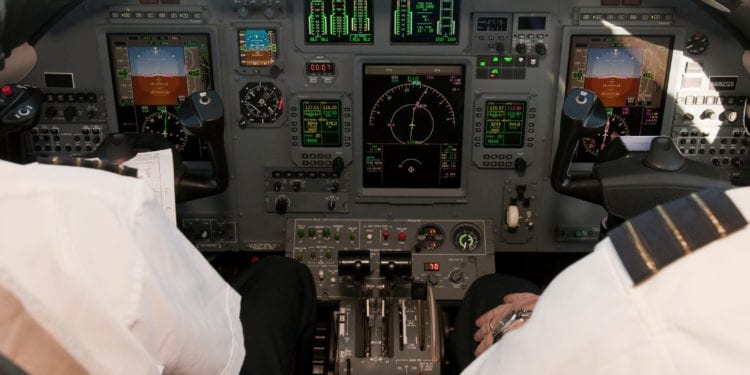Ops Update: 2020 Equipment regulation changes and filing requirements

Several aircraft equipment regulatory changes have recently and will soon go into effect. These changes will impact operations over the United States, North Atlantic, and Europe.
A list of the changes and their corresponding equipment code filing requirements is below.
Please review the changes below and ensure you have the correct filing codes in your latest flight plan for these areas. Note: Additional exemptions not listed below may apply.
If your aircraft profile requires an update, or you have any questions, please contact your Universal® Trip Support Team directly.
United States FAA ADS-B – Effective Jan. 2, 2020
- Item 10b Transponder Code
- E – Mode S with aircraft identification, pressure altitude and extended squitter (ADS-B) capabilities
- L – Mode S with aircraft identification, pressure altitude, extended squitter (ADS-B) capabilities and enhanced surveillance capabilities
- Item 10b ADS-B Code:
- B1 – ADS-B with dedicated 1090 MHz ADS-B “out” capability (1090ES)
- B2 – ADS-B with dedicated 1090 MHz ADS-B “out” and “in” capability
- U1 (if staying below FL180) – ADS-B “out” capability using UAT
- U2 (if staying below FL180) – ADS-B “out” and “in” capability using UAT
- Item 18 SUR/
- 260B
- 282B (if staying below FL180)
North Atlantic Datalink requirement extended to FL290-FL410 (changed from FL350-FL390) – Effective Jan. 30, 2020
- Item 10a (one or more of the following):
- J2 – CPDLC FANS 1/A HFDL
- J5 – CPDLC FANS 1/A SATCOM (INMARSAT)
- J7 – CPDLC FANS 1/A SATCOM (Iridium)
- Item 10b
- D1 – ADS-C with FANS 1/A capabilities
Europe CPDLC requirement – Effective Feb. 5, 2020
- Item 10a:
- J1 – CPDLC ATN VDL Mode 2
- Most common exemptions that may apply (not an exhaustive list of exemptions):
- Aircraft which have a certified maximum seating capacity of 19 passengers or less and a maximum certified takeoff mass of 100,000 lbs or less




